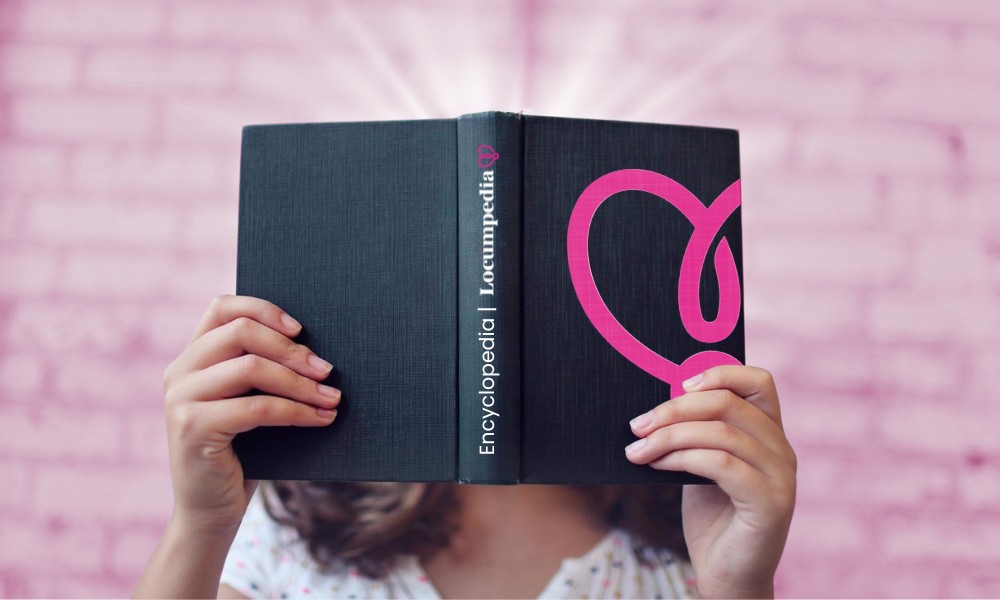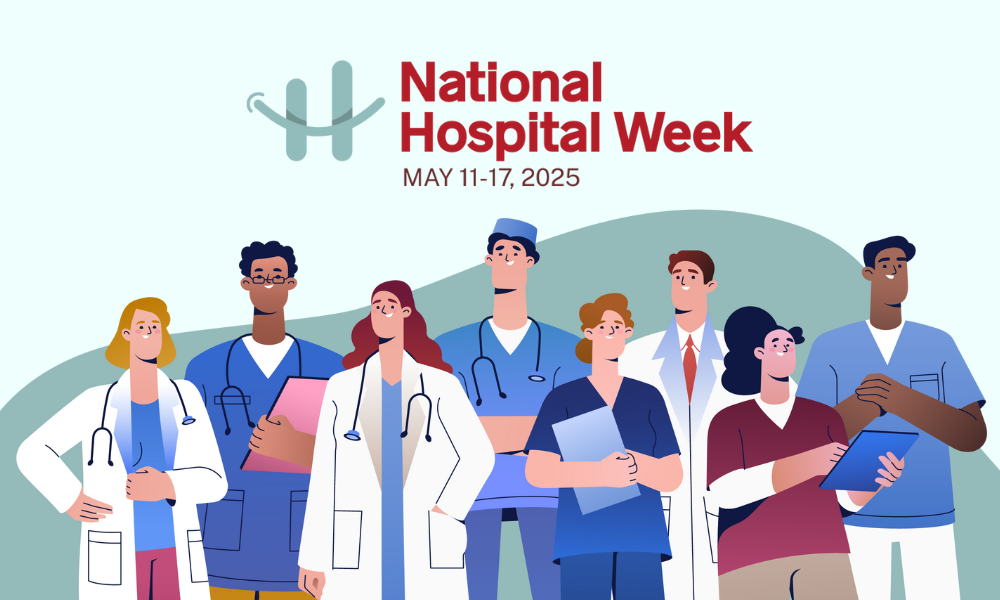While the COVID-19 situation in New York’s “war zone” became more dire toward the end of March, many Americans elsewhere didn’t appear to take seriously enough government directives to STAY HOME; keep our 6-foot, “social distance,” and practice good personal hygiene. Even in the Big Apple itself, people crowded together shoulder-to-shoulder to hail the USNS Comfort’s arrival in New York Harbor.
Such group behavior is understandable, particularly at times like these, because most people crave connection. Today’s 24/7, digitally linked world has become increasingly lonely for far too many of us even before COVID-19. The pandemic has, out of necessity, exacerbated the problem.
“What has struck me is the isolation of this disease: you get sick and you’re alone. You die and you’re alone. You’re buried and you’re alone.” This was the great Dr. Mehmet Oz’ observation after hearing a New York EMT’s story about a call in the past couple weeks that made the paramedic break down in tears.
The call was from another medical professional who had come home from work—where his boss had said he was desperately needed—to find his wife dead from complications of what was presumed to be COVID-19. The EMT tried to revive the woman, who had been sent home from her job days earlier with a fever and other symptoms, but his resuscitation efforts failed. The dedicated, devastated, and now widowed, husband collapsed in agony in realizing the seeming folly of his decision.
Needless to say, the toll COVID-19 is taking on healthcare workers on the front lines of this pandemic is life-changing. Physicians, nurses, and other healthcare workers are desperately needed, so they push themselves to the limit daily–despite what appears to be an endless shortage of “personal protective equipment” (PPE).
Based on trends seen by other countries and a few state public health officials, contracting COVID-19 likely will remove 10 to 20 percent of these healthcare professionals from the front lines as the virus’ spread rate peaks.
Some Relief Underway
Reinforcements started arriving in the past week or so as more than 80,000 health care workers–including recent or partial retirees, those breaking from regular jobs, and some working locum tenens — heeded New York’s call for backup to hospitals overwhelmed by the coronavirus pandemic.
“Few have made it into the field yet as hospitals and state regulators vet enlistees and decide how to deploy them,” NBC-TV4 News in New York reported on April 2. Gov. Andrew Cuomo had indicated that by Thursday, April 2, New York City hospitals expected to hire about 1,500 healthcare workers..
Unlike many of those showing up on their own, physicians and nurses sent by locum tenens agencies were ready to plug in. Most locum tenens agencies assist both the medical professional and the destined facility with details like expedited licensing, pay negotiation and logistics that allow providers to ‘hit the ground running.’ This could mean life or death in containing a fast-spreading virus like COVID-19.
“This has fundamentally altered the way we care for patients in the hospital,” Dr. Steve Corwin told USA TODAY. The president and CEO of NewYork-Presbyterian described watching department heads, including some who hadn’t practiced hands-on in years, backing up beleaguered clinical staff.
“In his 40 years of medicine, Corwin said he’s never seen this sort of response to a disease. Not during the AIDS pandemic. Not during H1N1,” USA Today’s Ryan W. Miller wrote. The story quoted statistics for New York City alone, including almost 50,000 confirmed cases, close to 1,600 deaths and hospitalizations numbering nearly 11,000 as of Thursday evening, April 2.
“We’re asking people to go above and beyond and to use their M.D. license like they haven’t had to before,” Corwin told USA Today about his staff. “You’re asking people to do things they’ve never done.”
Corwin said that in a hospital with 650 ICU beds, he expects to need 1,100 just for COVID-19 patients. He added that normal ICU capacity is 450.
NBC-TV News 4 captured the essence of the COVID-19 fight while interviewing a nurse from St. Paul, Minnesota: “I have never seen so many human beings in an ER at one time in my entire life,” said Liz Schaffer, who had her first shift Tuesday at Mount Sinai Hospital in Manhattan. “Shoulder to shoulder. It is a sight I never thought I would see. Patients are dying every day. Every single day.”








